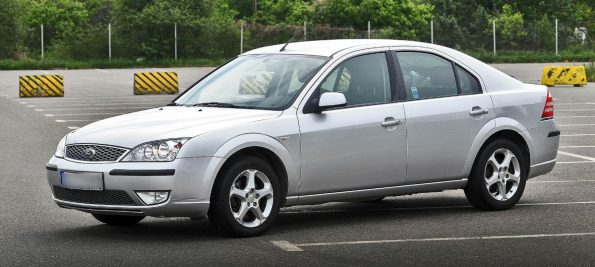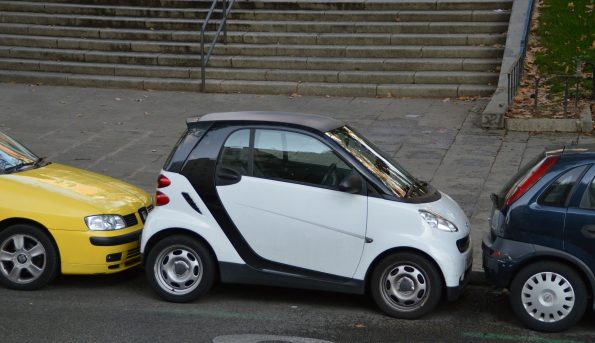Are drivers becoming less friendly? We used to show more courtesy behind the wheel, but we are rapidly losing it. We learn the rules of the road when we learn to drive, but there’s no mandatory requirement to be polite behind the wheel.
However, if you do practice good road etiquette, you’ll be relaxed and other drivers will appreciate it.
The friendly wave
Give thanks to other drivers when they give way to you when they didn’t necessarily need to, e.g. letting you out of a driveway on a busy road or waving you through first when the road narrows. Motorcyclists can give acknowledgement to drivers who make it easier for them to filter through traffic (but be careful of taking your hand off the handlebars – you don’t want to lose control).
You can give a friendly wave to truck drivers that pull over and let you pass (although, they are legally obliged to do that).
There’s no need to wave when a person is simply driving sensibly or they’re giving way because they have to, like on a one-way bridge or when you are merging like a zip on a motorway on-ramp.
The wave is better than flashing your lights – flashed lights is an ambiguous signal.
Leave gaps
Leaving a gap in traffic serves two purposes:
- It allows other road users to join, as we mentioned above (you might even get a wave!)
- You can smooth out the traffic flow meaning you are actively reducing traffic jams
It also means not stopping on areas of the road that say keep clear, or queuing across intersections.

Smoothing out the traffic flow means you’re maintaining momentum, therefore using your accelerator and brakes less, which means less wear and tear and better fuel economy.
Use your indicators
Other motorists really like it when they get advanced warning of where you are going to go. It’s especially useful if you are driving slowly looking for a spot to park or trying to see a house or shop number so you know where to turn into a driveway – simply indicate to the left and those behind you know that you are about to stop.
The law is that you must always signal before turning from one road to another or changing lane.
Pay attention
When the lights go green, you shouldn’t be looking at your phone (it’s illegal and you can be caught by new cameras, anyway). You should be able to react and start moving in less than two seconds. Dawdling away from the lights means that fewer people behind you will get through that green phase and that contributes to more idling time and therefore more pollution.
Do the same speed as everyone else
If you’re driving much slower than everyone else, speed up or make it very easy for them to pass. If you’re driving much faster than everyone else, slow down because you make people nervous. Traffic flows best when everyone is doing the same speed. If you’re not capable of driving 80km/h when the limit is 80km/h, you need to evaluate your life choices (i.e. take the bus). Similarly, if you can’t keep your speed within 5km/h of the speed limit then you don’t have as much skill as you think you do.
Driving at a consistent speed is much more economical for you – you save fuel.
Move out of the way at petrol stations
Here’s a good way to give the servo attendant an adrenalin surge: get in your car after filling up and drive it to a parking spot so that others can use the pumps. Now, you don’t have to do this if it’s not busy, but it really helps if it is. Then go in and pay. Or pay at the pump where you can, if you don’t need to go in and buy a pie.
Fix your vehicle’s emissions
Two things here: noise pollution and air pollution. Nobody wants to breathe in your smokey diesel fumes and nobody wants to listen to your playlist. Fix your smokey motor and be considerate with the volume of your stereo.
This also means not sitting idling in residential areas (especially not outside apartment buildings at night), not roaring up quiet residential streets in your ported rotary and not blasting your dubious choice of reggaeton with your windows down. Also, there’s never a reason to toot your horn when leaving a friend’s house – it makes them cringe and hate you a little because they have to live with their neighbours, not you.
A well-tuned vehicle will use less fuel than one that’s making clouds of smoke.
Merge like a zip
Very easy: when getting onto the motorway when it’s busy, you let one car go, then you go. Also, get up to speed – you can’t merge into traffic doing 90km/h when you are doing 50km/h.
By doing this, you’ll minimise your journey time, reducing the fuel you use.
Park inside the lines in parking bays
Parking’s already at a premium in many places. Parking over the lines is just inconsiderate.


Queue jumpers
If you don’t have flashing red lights on the top of your vehicle, your time is no more valuable than anyone else’s. Trying to force your way into the queue at the last minute annoys everyone as well as causing traffic jams.
Get in the correct lane in plenty of time
Cutting in at the last minute actually causes traffic jams. The traffic you are sitting in is partly caused by the same action that you are doing. Do you want to be that person?
The benefits of polite driving
Driving in a smooth manner and being polite tends to be more fuel-efficient. You’ll experience less hard braking and less harsh acceleration. You’ll arrive at your destination calm and unflustered, even if you do realise that so many drivers are really just disorganised, clueless and rude.
